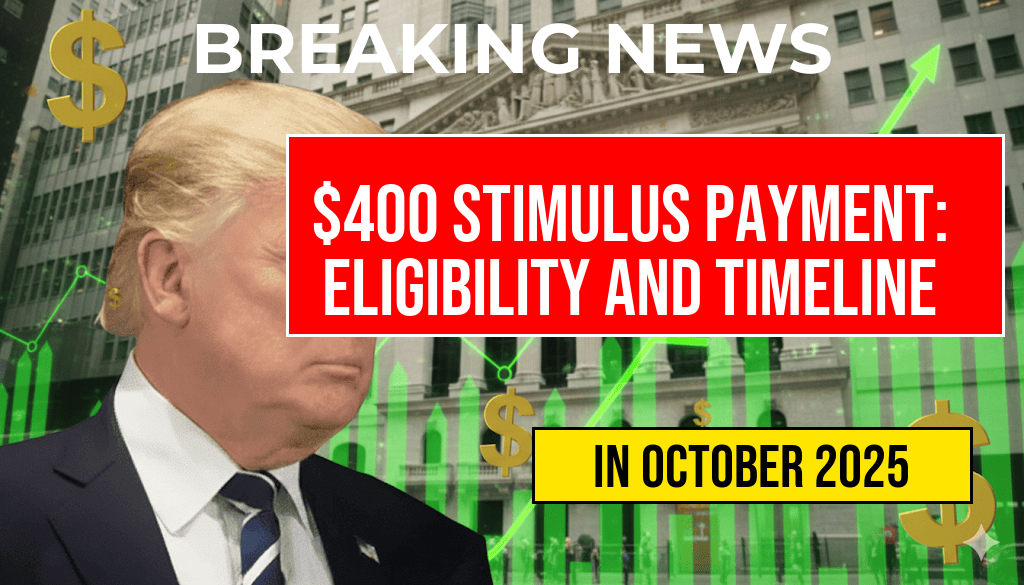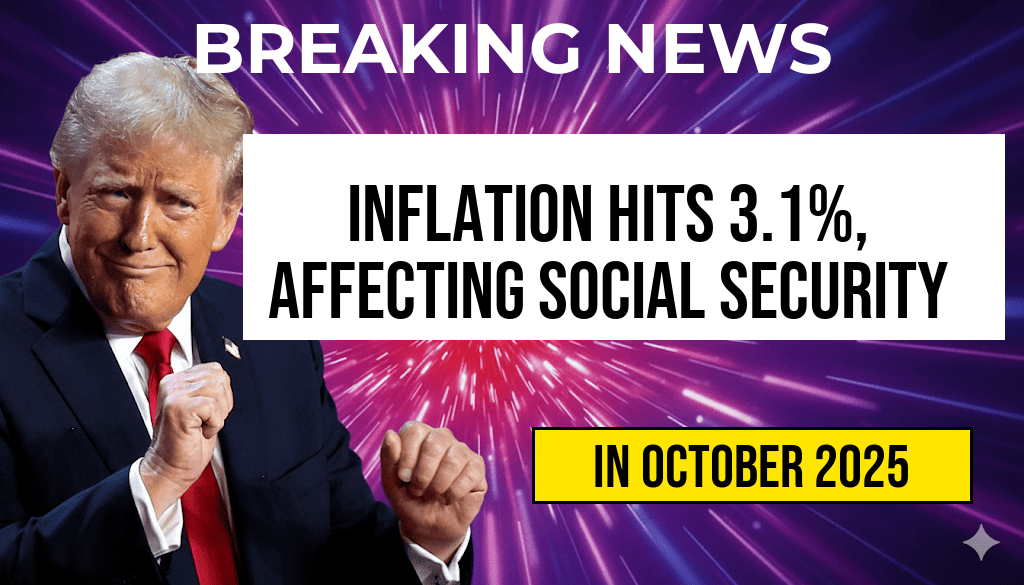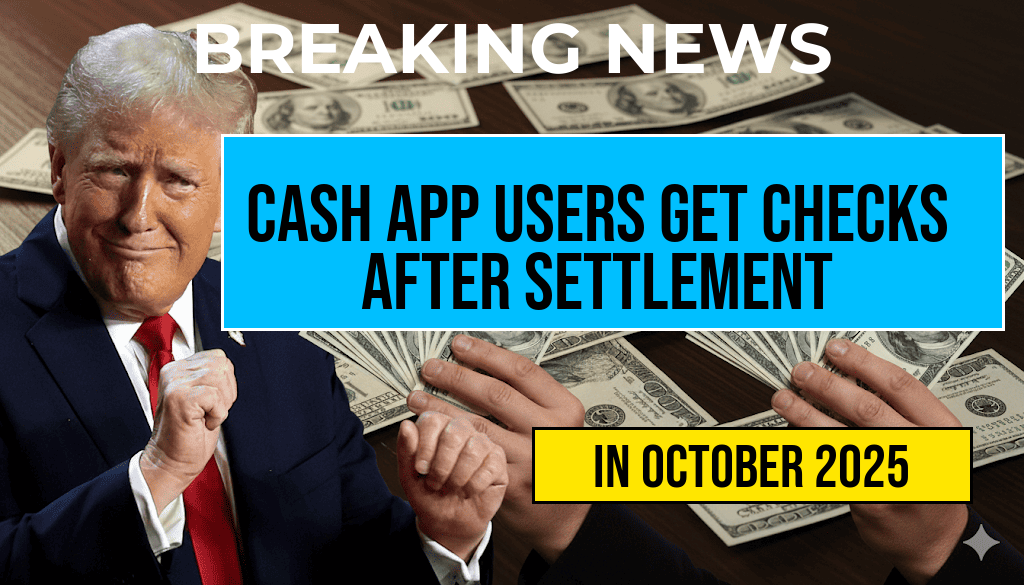As the economic landscape continues to evolve, the announcement of a $400 stimulus payment has stirred interest among Americans seeking financial relief. This targeted financial assistance is designed to aid households grappling with rising costs and inflationary pressures. The payment is scheduled to reach eligible individuals over the coming weeks, but understanding the specific eligibility requirements is essential for those hoping to benefit. This article explores who qualifies for the payment, how the distribution will be handled, and the timeline for disbursement.
Understanding Eligibility Requirements
To qualify for the $400 stimulus payment, individuals must meet specific criteria set by the federal government. The program aims to support low- to moderate-income families and individuals facing financial hardships. Below are the primary eligibility requirements:
- Income Threshold: Applicants must have an annual income of less than $75,000 for single filers and $150,000 for joint filers.
- Residency: Eligible individuals must be U.S. citizens or legal residents, residing in the states that participate in the program.
- Age Requirement: Applicants must be at least 18 years old, although dependents may qualify if they meet certain conditions.
- Filing Status: Individuals who filed their tax returns for the previous year are prioritized for the payments.
Payment Distribution Timeline
The distribution of the $400 stimulus payment is set to commence shortly, with an organized timeline to ensure that funds reach individuals in a timely manner. Here is a breakdown of the expected payment schedule:
| Phase | Start Date | End Date |
|---|---|---|
| Initial Disbursement | November 15, 2023 | November 30, 2023 |
| Second Round | December 1, 2023 | December 15, 2023 |
| Final Payments | December 16, 2023 | December 30, 2023 |
How to Apply for the Payment
Individuals who meet the eligibility criteria can apply for the $400 stimulus payment through the Internal Revenue Service (IRS) website. The application process is designed to be straightforward, allowing applicants to provide necessary documentation and verify their income status. It is recommended that applicants have the following information ready:
- Social Security Number or Individual Taxpayer Identification Number (ITIN)
- Annual income details from the previous tax year
- Banking information for direct deposit, if applicable
Those who prefer to receive a physical check can opt out of direct deposit during the application process.
Impact on Families and the Economy
The $400 stimulus payment is expected to provide significant relief for many families, particularly those struggling with everyday expenses. With inflation impacting the cost of living, this financial assistance aims to alleviate some of the burden on households. Economists predict that the influx of cash into the economy could stimulate consumer spending, further aiding economic recovery.
According to experts, targeted stimulus payments have historically proven effective in supporting low- and middle-income families. By putting cash directly into the hands of those who need it most, the government hopes to foster economic stability as the nation continues to navigate through challenging times. For more insights into the impact of similar programs, you can refer to resources like Forbes and Wikipedia.
Conclusion
The upcoming $400 stimulus payment represents a critical lifeline for many Americans facing economic uncertainty. Understanding the eligibility requirements and the payment timeline is essential for those who wish to apply. As the disbursement begins in mid-November, eligible individuals are encouraged to prepare their applications promptly to secure this much-needed financial support.
Frequently Asked Questions
What is the amount of the stimulus payment being offered?
The stimulus payment being offered is $400 for all eligible individuals.
Who is eligible to receive the $400 stimulus payment?
Eligibility for the $400 stimulus payment generally includes individuals who meet certain income requirements and residency conditions. Specific criteria may vary, so it’s important to check the detailed guidelines.
When can recipients expect to receive their payment?
The complete payment timeline indicates that recipients can expect to receive their $400 stimulus payment within a few weeks of meeting the eligibility requirements, though exact dates may vary based on processing times.
Will the stimulus payment be taxed?
No, the $400 stimulus payment is typically not considered taxable income, meaning recipients will not owe taxes on this amount.
How can individuals apply for the stimulus payment?
Individuals can apply for the $400 stimulus payment through designated government channels, which may include online applications or local offices. It is essential to follow the official instructions provided for a smooth application process.












